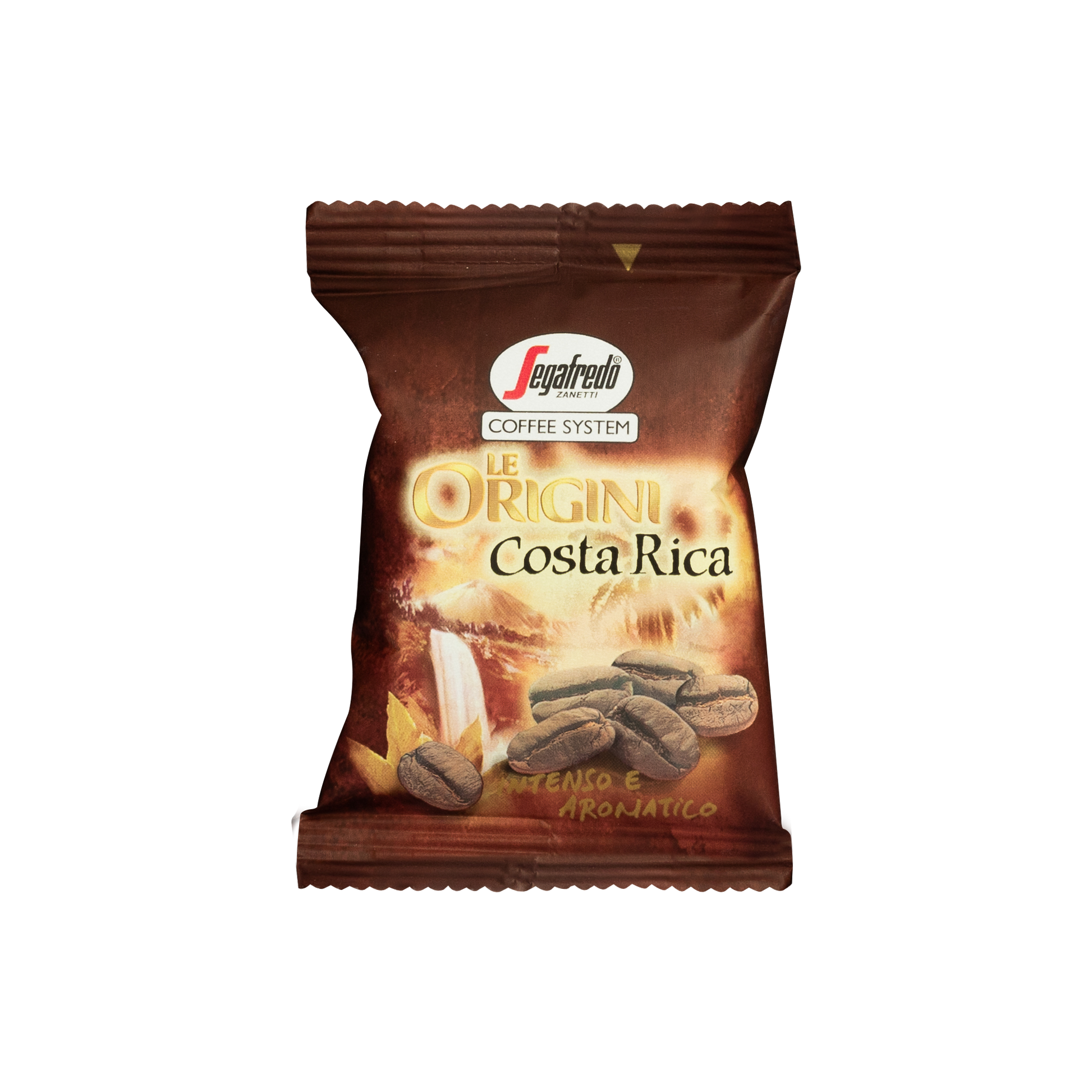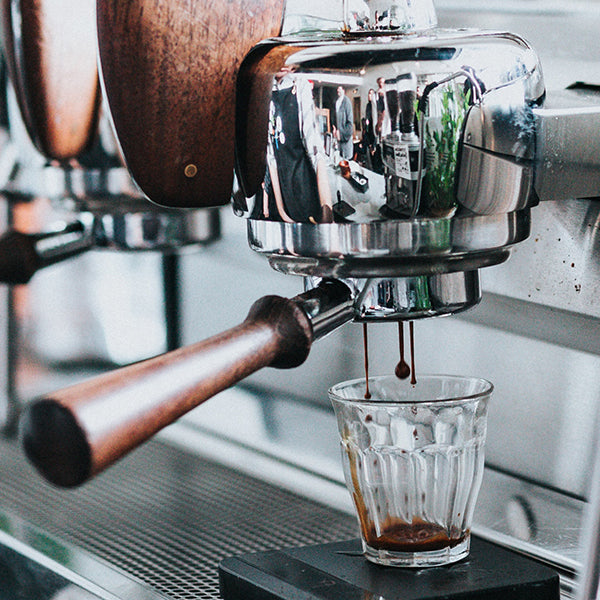What Makes SOE Single Origin Espresso Different from Blends
Wiki Article
Discovering the Abundant Tastes of Coffee Beans: a Deep Dive Into Espresso and Blended Coffee Beans
When you explore the rich tastes of coffee beans, you reveal a complicated world where each variety brings its very own personality to your cup. Recognizing the beginnings, refining techniques, and roasting strategies can transform your coffee experience. As you browse through the art of coffee and the imagination behind blended coffees, you'll start to appreciate the subtleties that make each sip one-of-a-kind. What you'll find following may alter the method you appreciate your early morning brew.The Origins of Coffee Beans: Exploring Terroir and Flavor Profiles
When you take a sip of coffee, you're not just enjoying a beverage; you're experiencing a rich tapestry of flavors formed by the beans' origins. Each area creates special flavor accounts affected by altitude, environment, and soil. As an example, beans from Ethiopia often break with bright, fruity notes, while those from Colombia often tend to provide a well balanced, nutty sweetness.As you discover different beginnings, you'll notice exactly how terroir-- the environmental aspects affecting a crop-- plays a vital function - Single Origin Espresso. The same coffee range can taste drastically different depending upon where it's expanded
When you take into consideration these aspects, you start to appreciate the complexity behind your mug. Each sip tells a story of the land and the farmers that nurtured the beans. So, next time you delight, consider the journey your coffee took prior to it reached your hands, and appreciate those intricate flavors that reflect its origin.
Understanding Espresso: The Art and Scientific Research Behind the Mixture
When you consider coffee, it's not nearly the solid flavor; it's likewise concerning the methods that bring it to life. Understanding exactly how various preparation methods influence taste can transform your developing experience. Let's check out the details of coffee prep work and discover the special flavor profiles that make each cup unique.Espresso Preparation Strategies
Coffee preparation is both an art and a science, incorporating exact methods with a deep understanding of coffee. To start, you'll desire to choose high-quality, fresh baked beans and grind them finely for suitable extraction (Single Origin Espresso). The grind dimension is vital; too rugged, and your espresso will be weak, also great, and it'll be bitterNext, tamp the premises uniformly in the portafilter to guarantee consistent removal. When you secure it into the machine, purpose for a developing temperature in between 190 ° F and 205 ° F.As you pull the shot, expect the best extraction time-- around 25-30 secs. The outcome must be a rich, luscious espresso with a stunning layer of crema on the top. With technique, you'll grasp these strategies.
Flavor Accounts Explained
The world of espresso supplies a rich tapestry of taste profiles that can raise your coffee experience. When you take that first sip, you'll observe a balance of level of acidity, sweet taste, and resentment. Each coffee bean brings unique notes, from floral and fruity to nutty and chocolaty. Light roasts commonly display intense level of acidity and dynamic tastes, while dark roasts existing deeper, bolder tones.Understanding these profiles assists you select the ideal coffee for your taste. Try out various blends can disclose shocking mixes. A well-crafted blend might balance the bright notes of an Ethiopian bean with the rich, chocolatey undertones of a Brazilian bean. Accept the trip of discovering espresso's diverse flavors, and you'll transform your coffee routine right into an exciting adventure.
Handling Approaches: Exactly How They Influence Flavor and Fragrance
While it could seem that the origin of coffee beans is the most significant consider establishing their taste and aroma, the handling approaches utilized post-harvest play an equally vital function. You'll find that these approaches can dramatically modify the final preference profile of your cup.As an example, the washed procedure removes the fruit from the beans prior to fermentation, usually causing a cleaner, brighter flavor. At the same time, the all-natural process leaves the fruit undamaged during drying out, leading to a sweeter, fruitier profile.
Other methods, like honey handling, strike an equilibrium, permitting some fruit mucilage to stay, supplying a special intricacy.
Each processing strategy interacts with the beans' intrinsic attributes, boosting or silencing details flavors and fragrances. So, when you drink that coffee SOE or blended coffee, bear in mind that the journey from cherry to cup is affected not just by origin however additionally by how those beans were processed.
Roasting Methods: Opening the Complete Potential of Coffee Beans
Roasting methods are essential for disclosing the complete possibility of coffee beans, as they change raw, green beans into the aromatic, flavorful coffee you enjoy. The selection of toasting approach-- light, tool, or dark-- substantially affects taste accounts.You can trying out toasting temperatures and times to discover your best brew. A slower roast at lower temperatures enables intricate tastes to establish, while a quicker roast can heighten anger. Take note of the cracks throughout toasting; the first fracture suggests a light roast, while the second split signals a dark roast. By understanding these methods, you'll expose a world of taste, boosting your coffee experience to brand-new elevations. Appreciate every sip, recognizing the care that entered into your mug!
The Magic of Blended Coffee: Developing Distinct Flavor Experiences
Producing an unique flavor experience with combined coffee can change your morning routine right into an expedition of preference. By incorporating different beans from numerous areas, you can disclose a symphony of tastes that raise your mug to new elevations. Each blend deals an unique account, balancing sweet taste, acidity, and body to produce something truly special.When you pick a blend, you're not simply picking a coffee; you're choosing a trip across diverse landscapes and societies. Try out various mixes allows you to find your individual favorites, whether you appreciate fruity notes or rich, chocolatey undertones.

Tasting Notes: Identifying the Nuances in Your Mug
As you drink your coffee, you might observe a spectrum of flavors dancing on your taste, each revealing the ins and outs of the beans. You might taste the bright acidity reminiscent of citrus or the deep, rich notes similar to dark chocolate. The sweetness might evoke honey or sugar, stabilizing the total account beautifully.Take note of the body of the coffee-- does it feel airy and light, or is it full and creamy? The finish, too, supplies ideas; a lingering aftertaste might mean nuttiness or flower touches.

Don't forget to discover the one-of-a-kind features of various origins, as each area gives unique flavors - Single Origin Espresso. For example, Ethiopian coffees commonly present fruity notes, while Colombian beans might display a more spherical sweet taste. By recognizing these subtleties, you'll strengthen your gratitude for each and every cup, elevating your coffee experience to new elevations

Developing Methods: Taking Full Advantage Of Flavor Removal for every single Bean
When you check out the numerous brewing methods, you'll find that each method can substantially affect the taste profile of your coffee. From French press to pour-over, each method removes different substances, improving or muting certain notes. Utilizing a French press allows oils to remain in the brew, producing a richer preference, while pour-over emphasizes clearness and illumination.Temperature and grind dimension additionally play vital duties. A coarser work works best for cold brews, while a great grind is excellent for espresso. Trying out water temperature level-- between 195 ° F and 205 ° F-- can disclose covert tastes, too.
Don't fail to remember concerning soaking time; a fast removal can lead to sour notes, while over-extraction may generate anger. By adjusting these variables, you can make best use of flavor extraction and truly elevate your coffee experience. Take pleasure in the trip of finding what technique ideal matches your taste!
Frequently Asked Questions
What Is the Ideal Water Temperature for Brewing Coffee?
The perfect water temperature for brewing coffee's between 195 ° F and 205 ° F. If you use water that's too warm, you'll over-extract tastes; also cool, and you will not remove sufficient. Go for that wonderful area for the finest brew!How Does Grind Dimension Influence Coffee Taste?
Work size considerably impacts coffee flavor. Finer grinds remove much more oils and flavors, leading to a bolder taste, while coarser grinds return a lighter taste. Adjusting work dimension assists you accomplish your desired coffee account.Exist Health And Wellness Advantages Related To Drinking Coffee?

What Is the Distinction Between Arabica and Robusta Beans?
Arabica beans are smoother and sweeter, often including fruity flavors, while robusta beans are more powerful with a bitter preference and higher high levels of caffeine material. You'll discover these differences in fragrance and developing experience.Exactly How Can I Shop Coffee Beans for Freshness?
To save coffee beans for quality, keep them in an airtight container, far from warm, dampness, and light. If you only grind what you need right prior to developing., you'll keep their taste much longer.Exploring the Rich Flavors of Coffee Beans: a Deep Dive Into Espresso and Blended Coffee Beans.
When you discover the rich tastes of coffee beans, you discover an intricate world where each variety brings its own character to your cup.When you take a sip of coffee, you're not simply delighting in a drink; you're experiencing a rich tapestry of flavors formed by the beans' origins.Roasting strategies are vital for disclosing the complete potential of coffee beans, as they transform raw, environment-friendly beans into the aromatic, tasty coffee you appreciate.As you sip your coffee, you may observe a range of tastes dancing on your taste, each exposing the details of the beans.
Report this wiki page